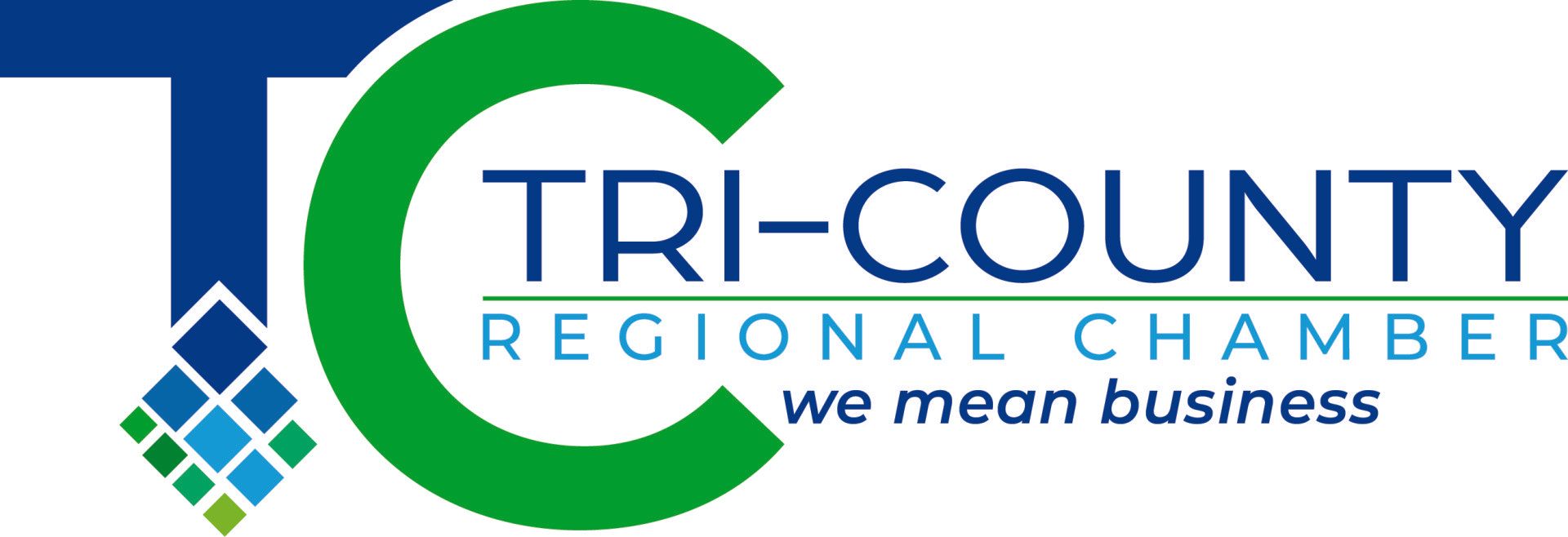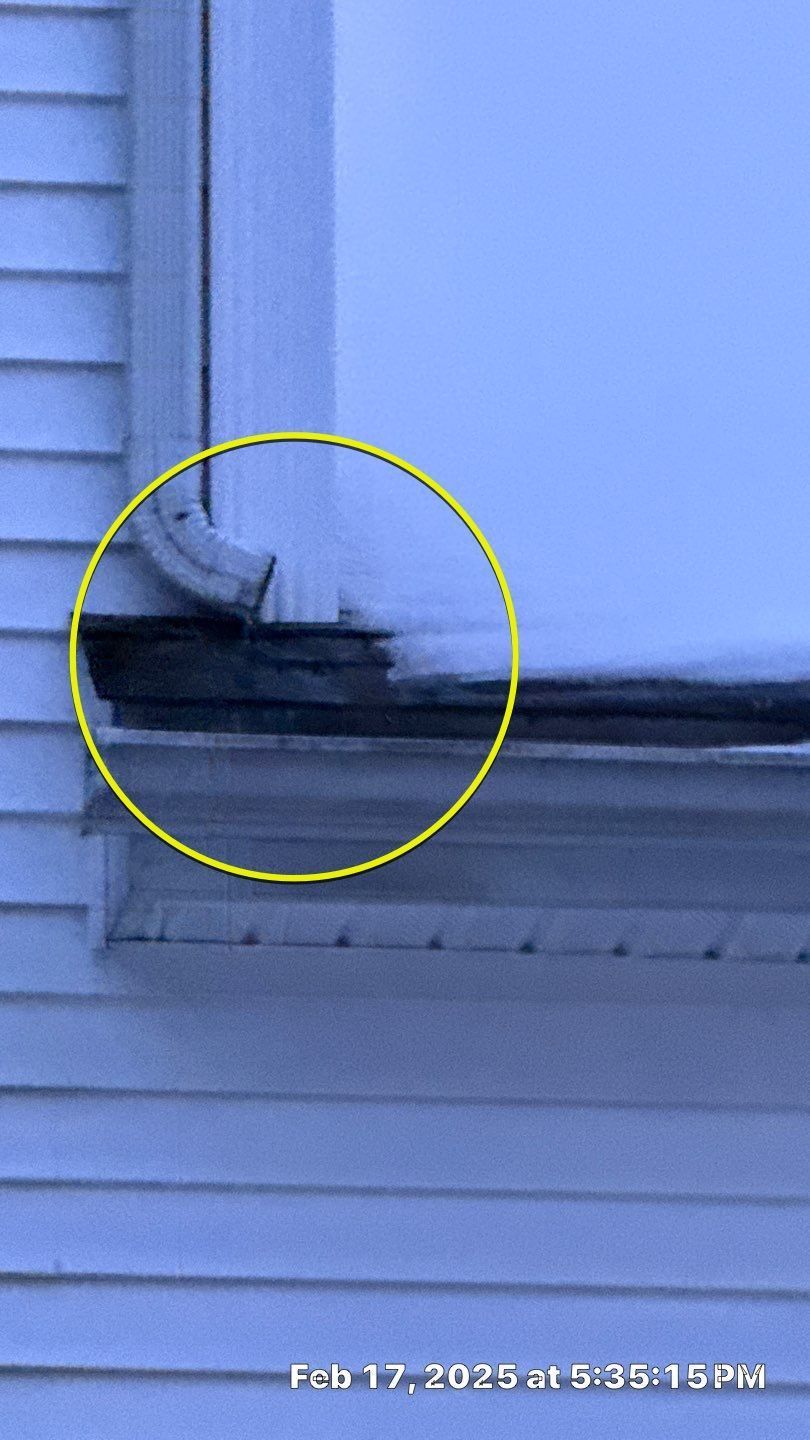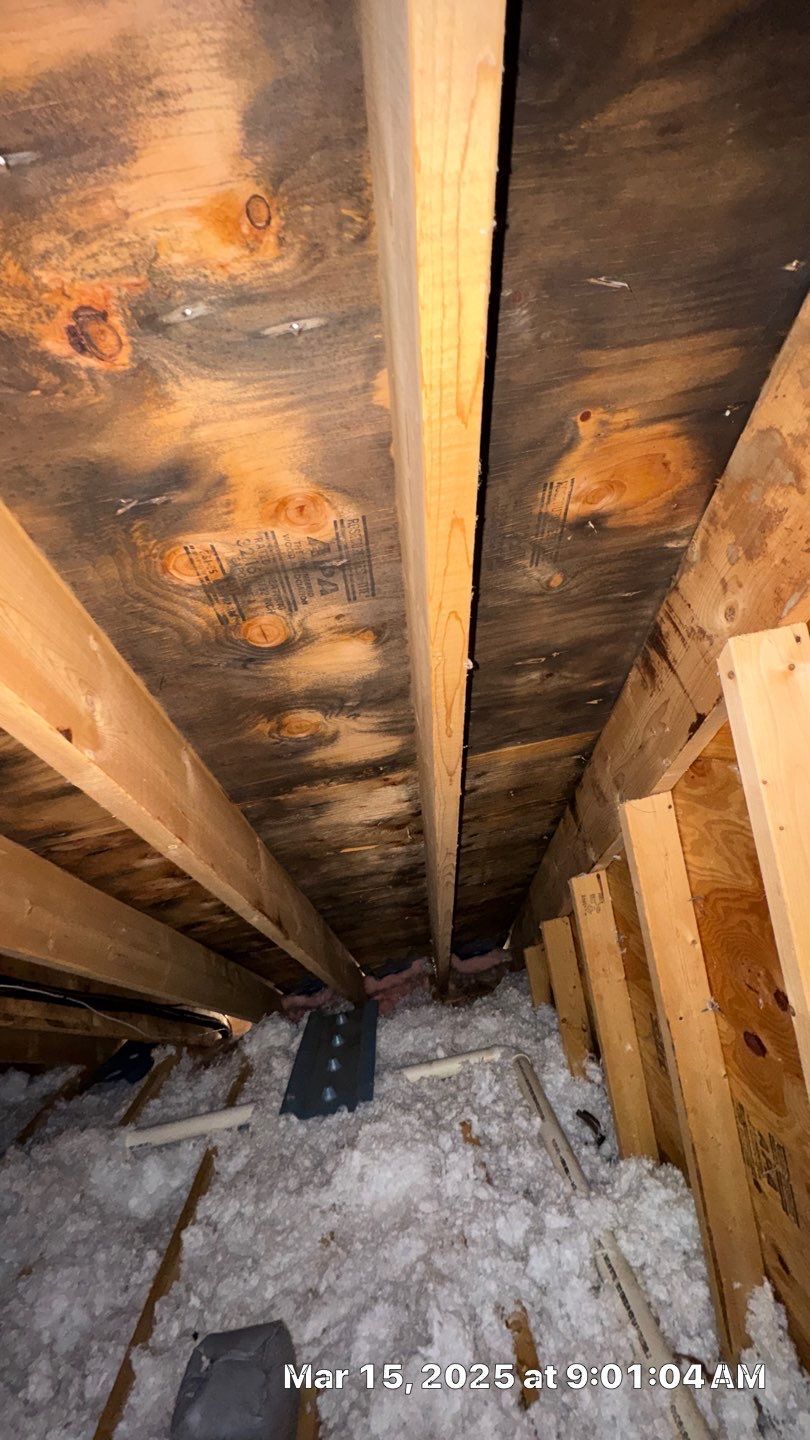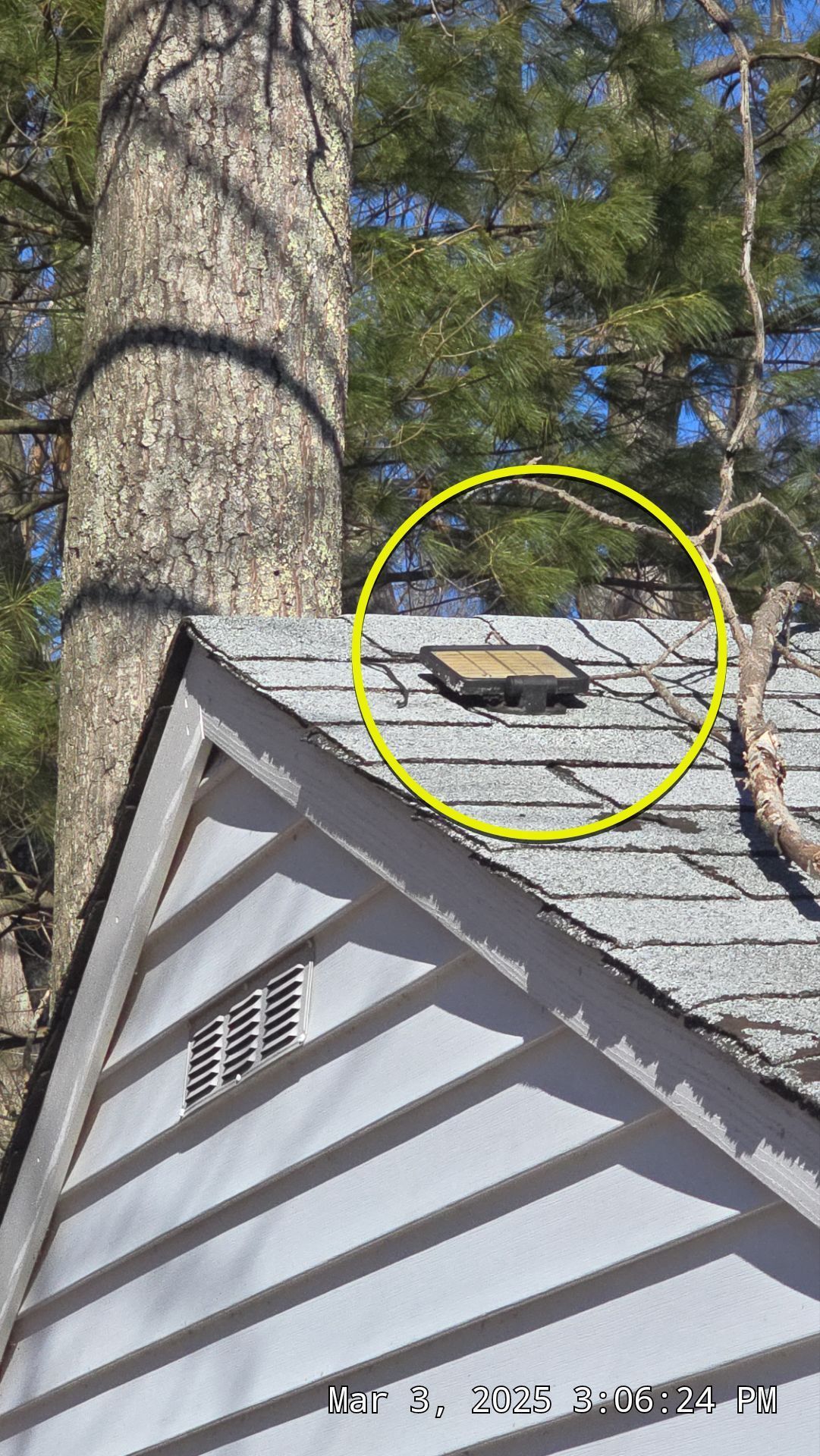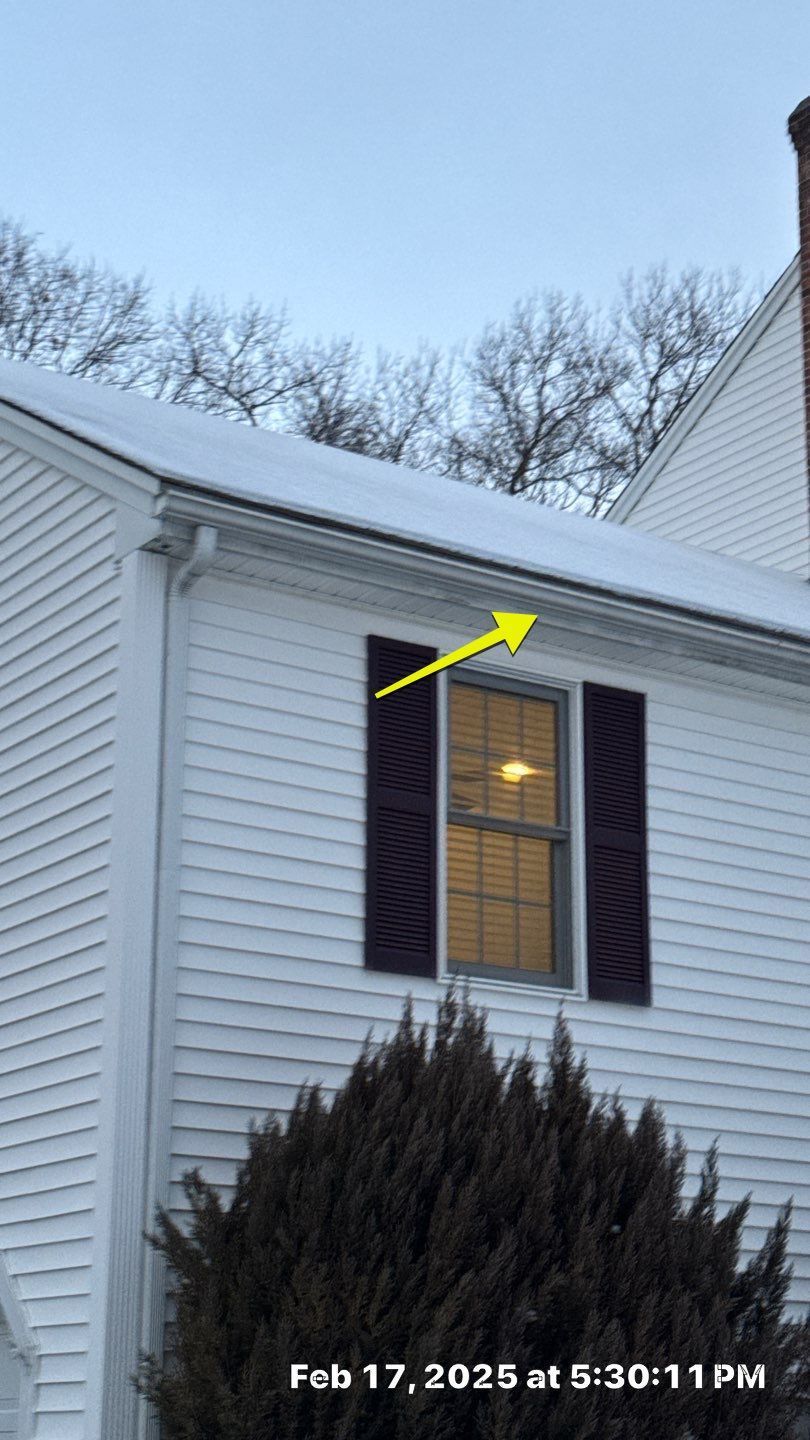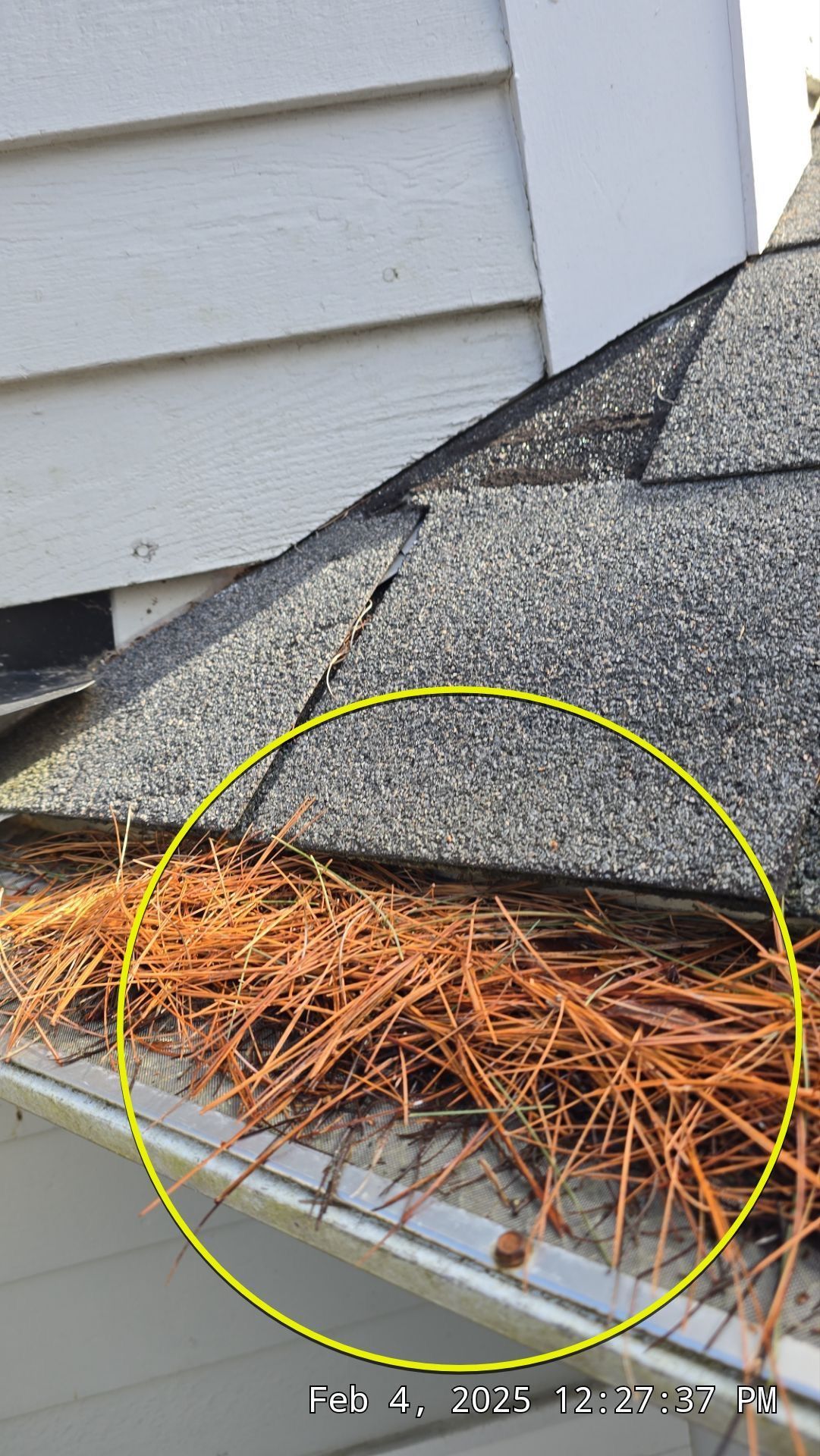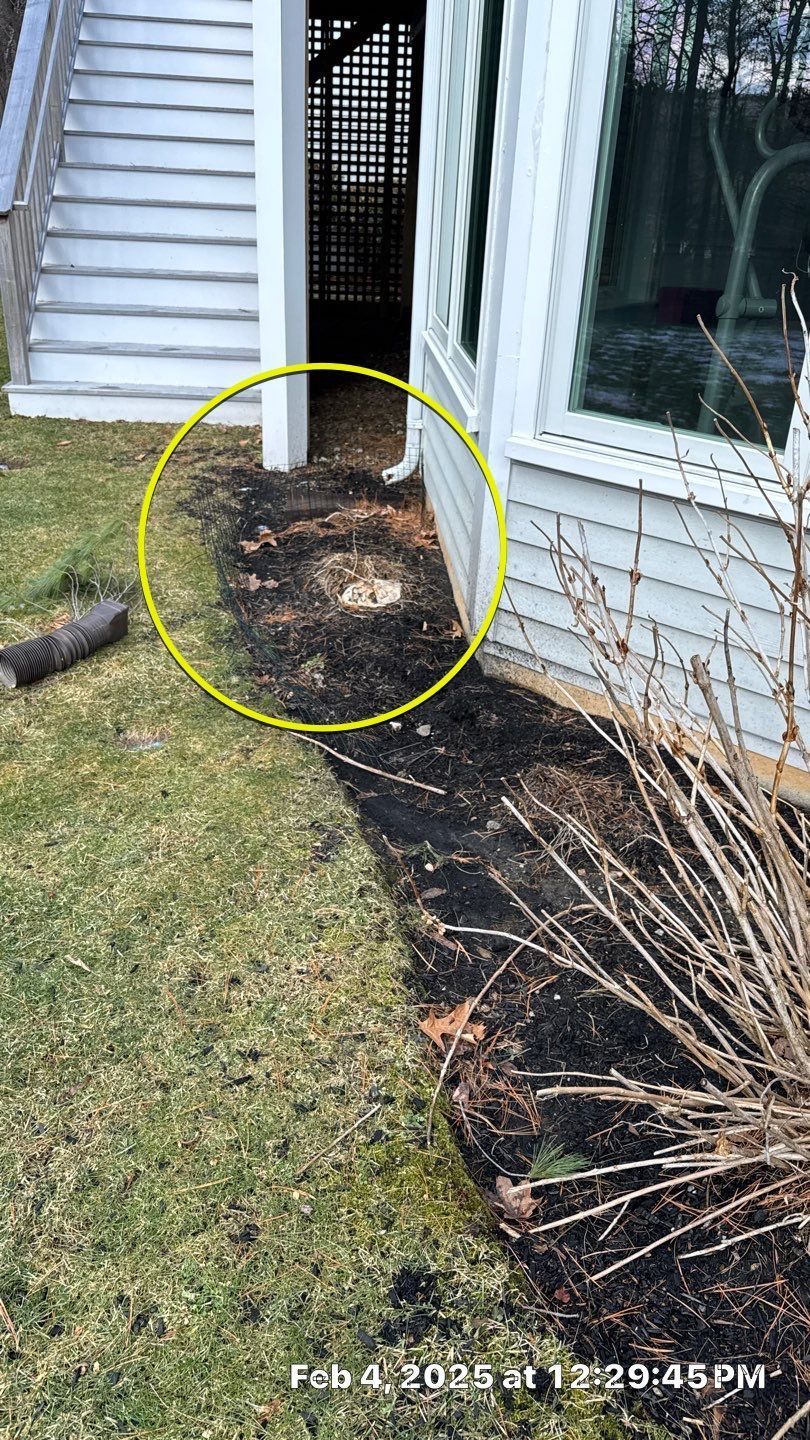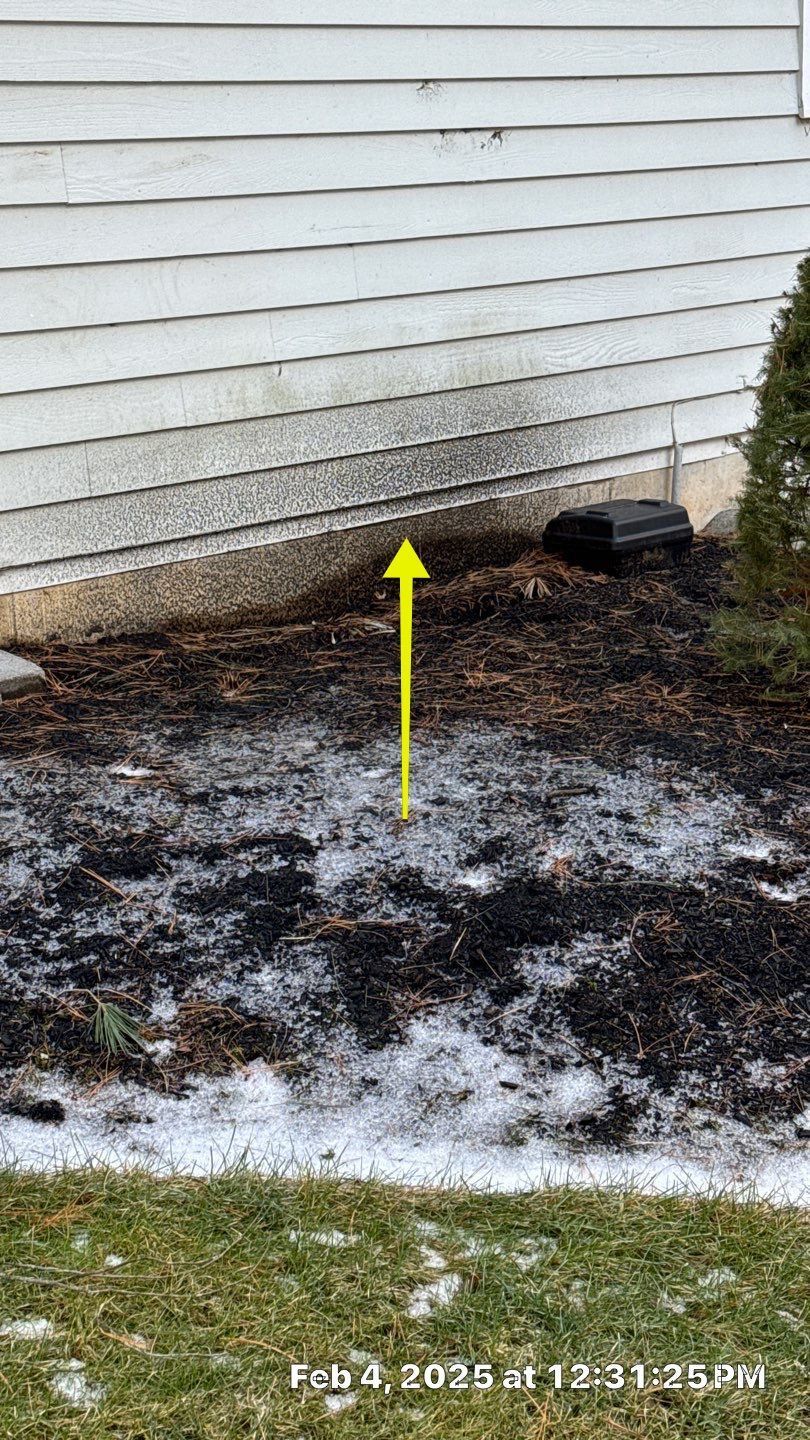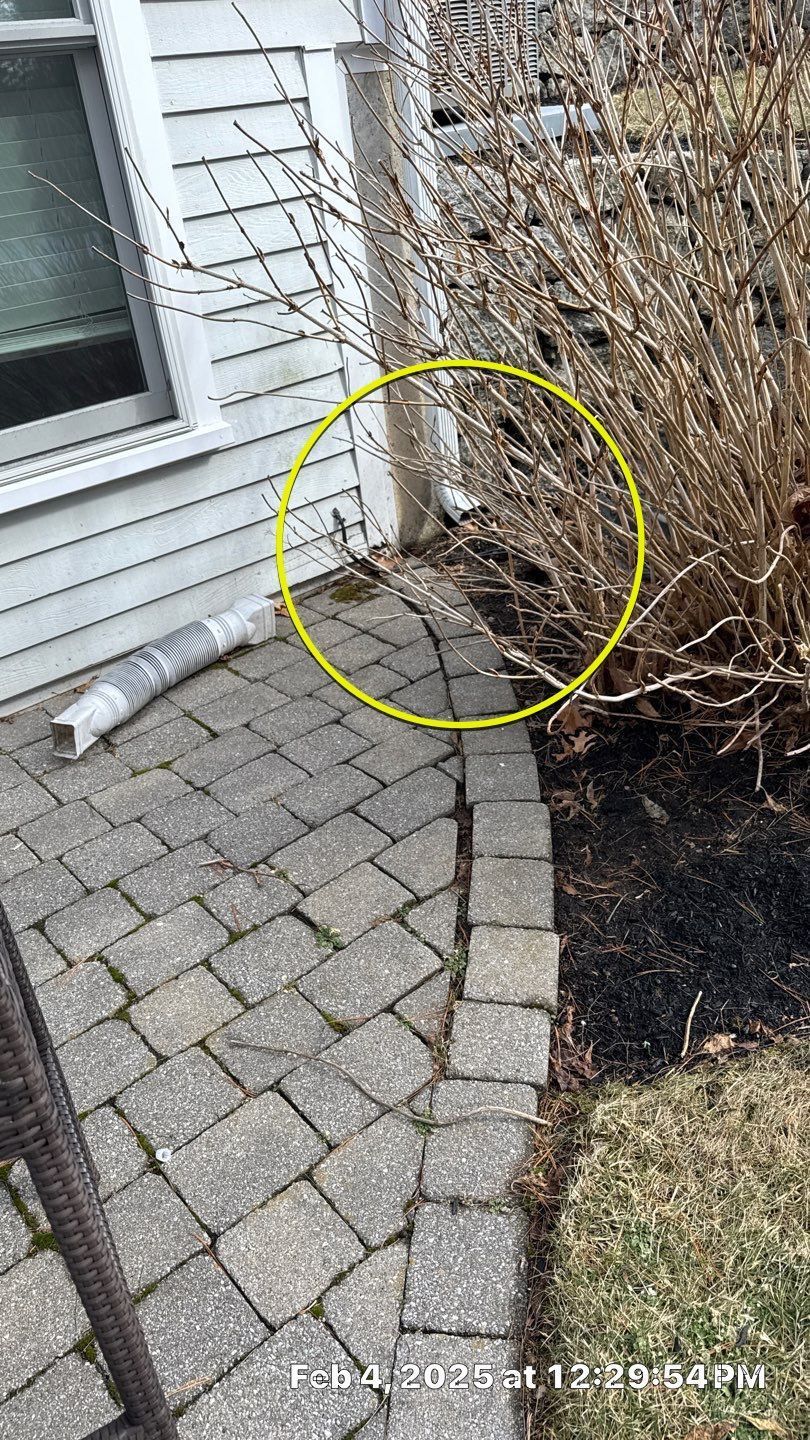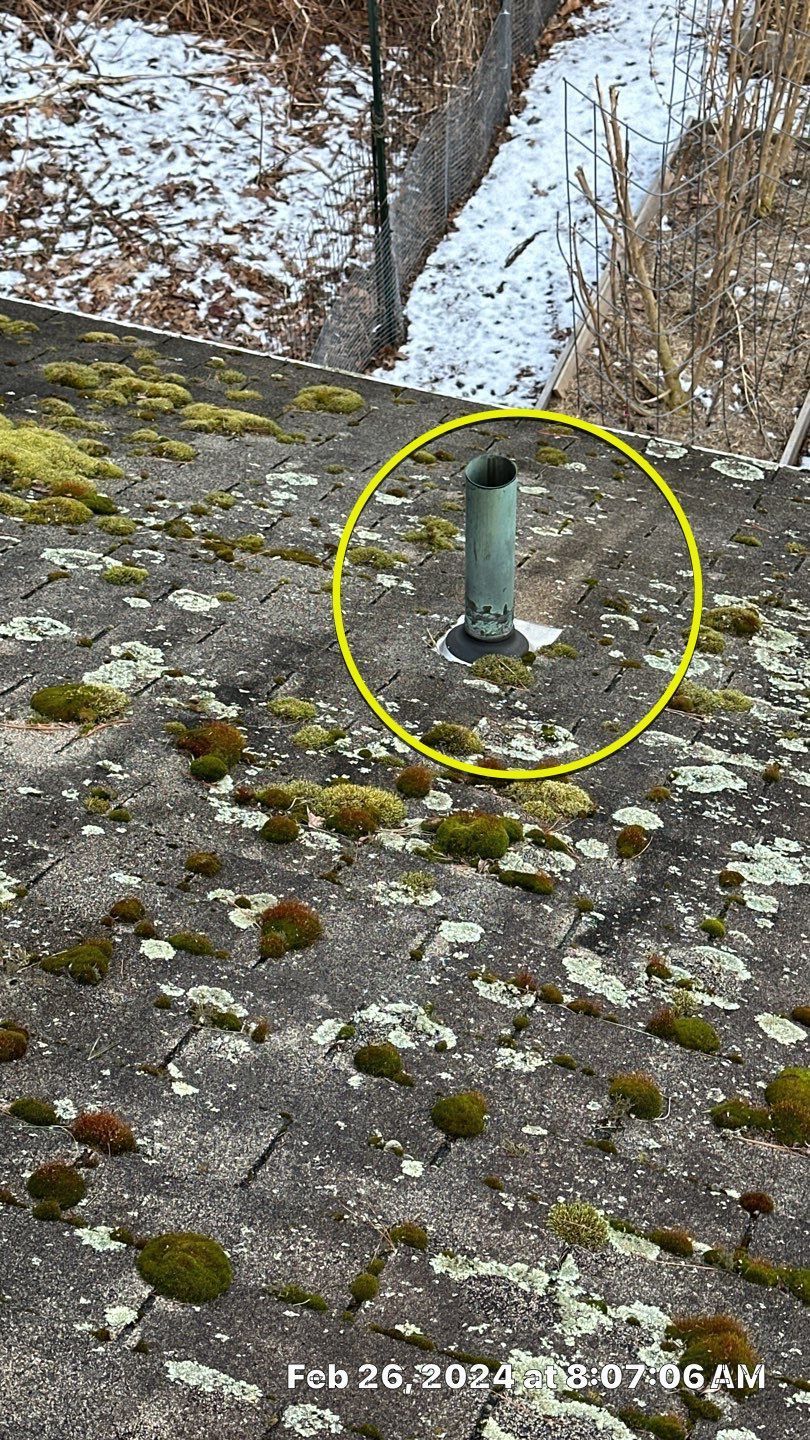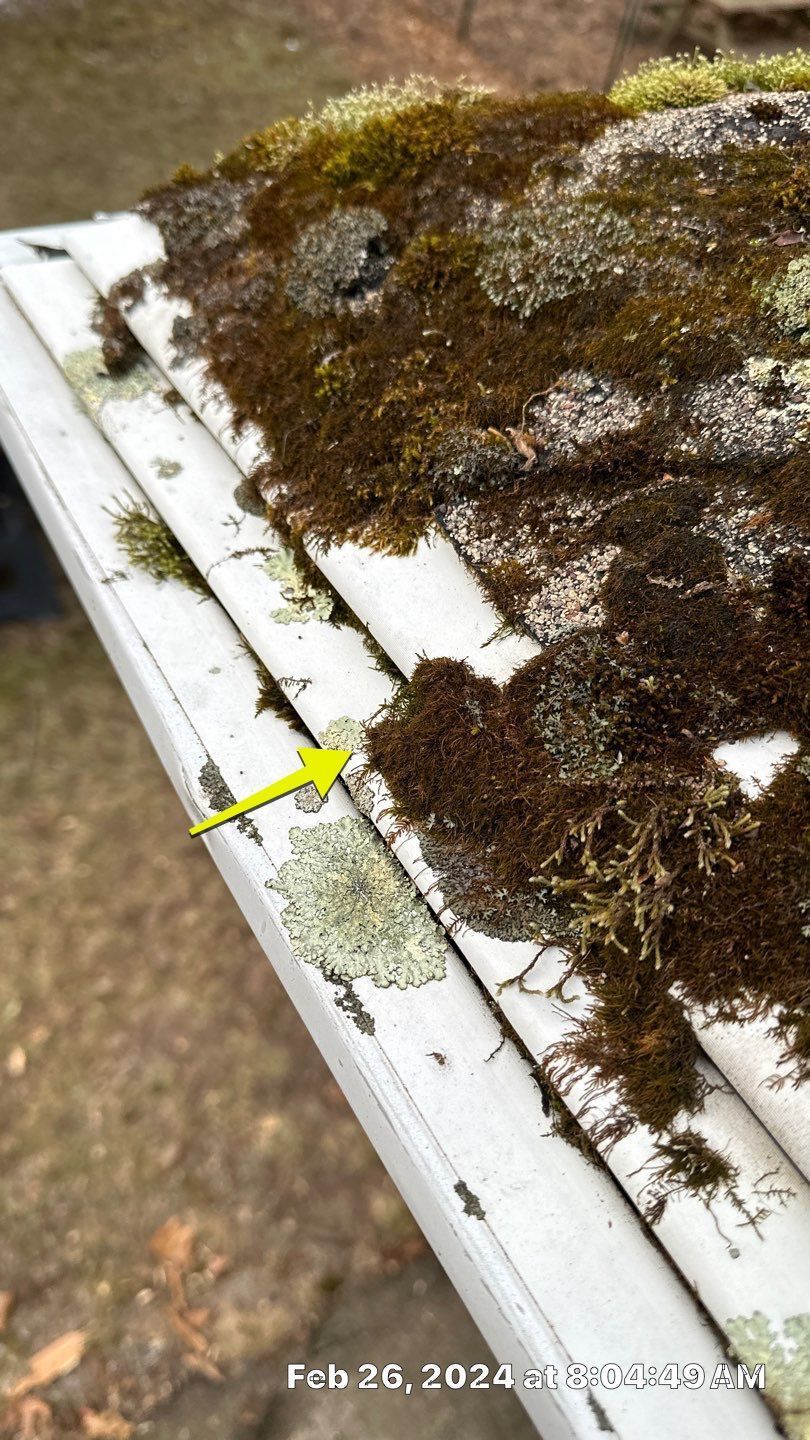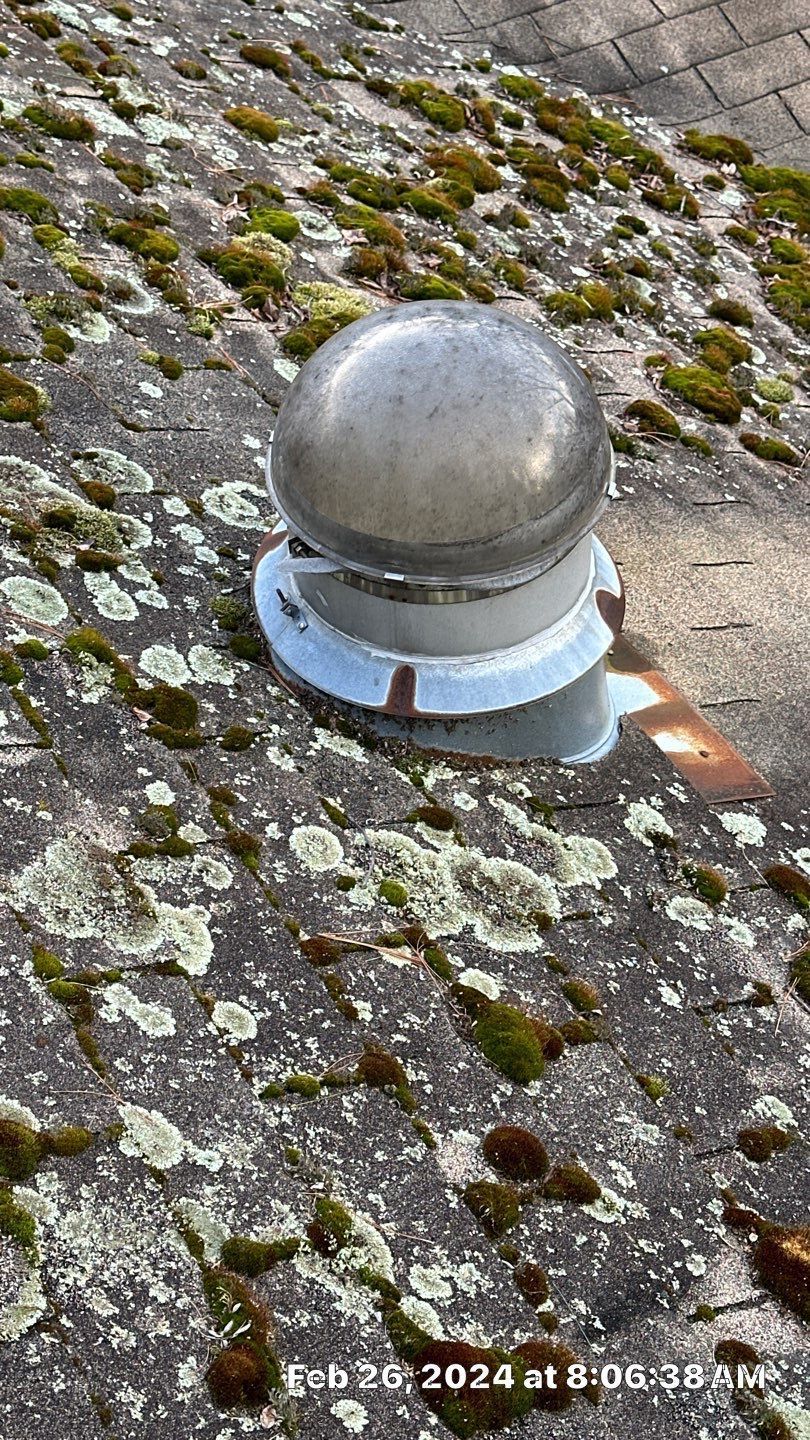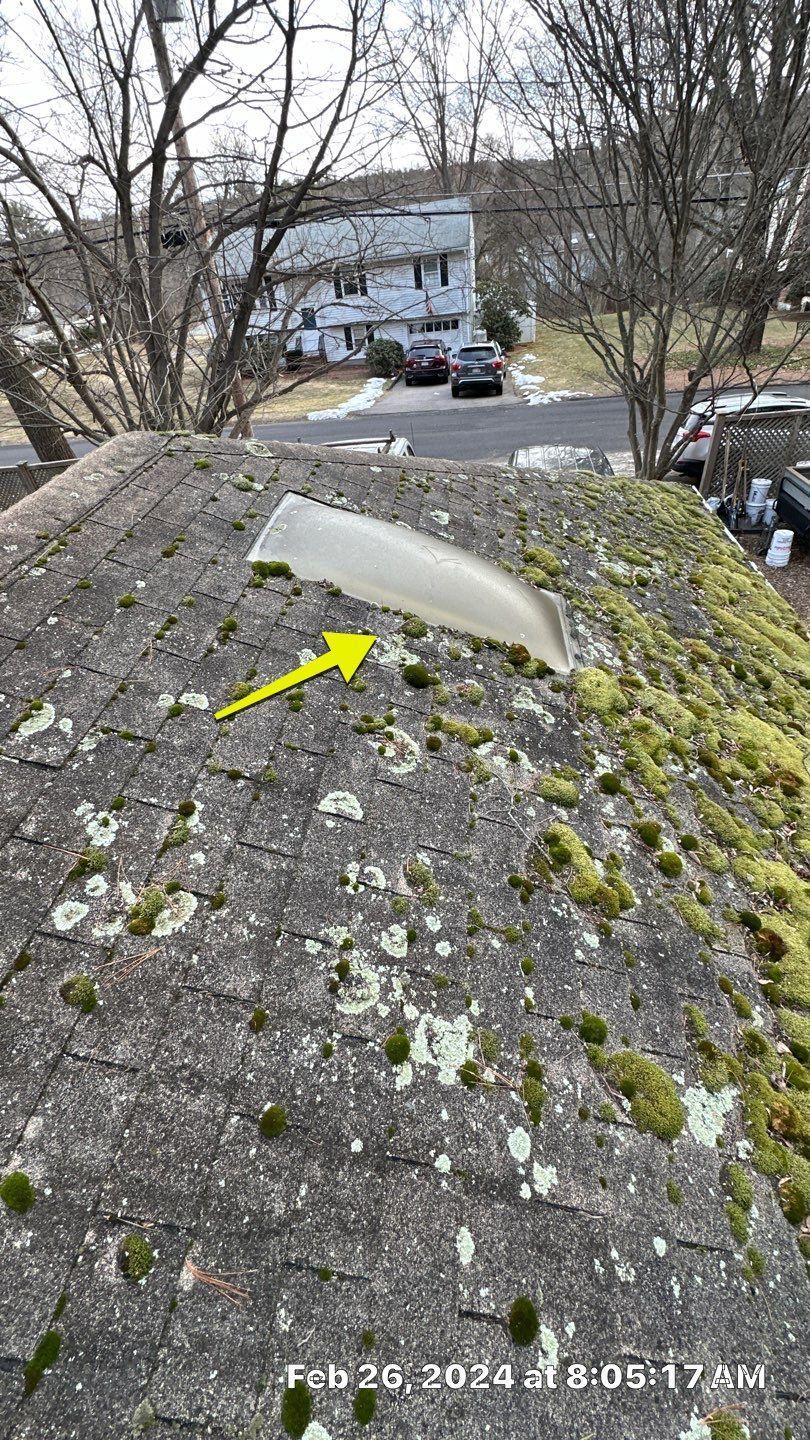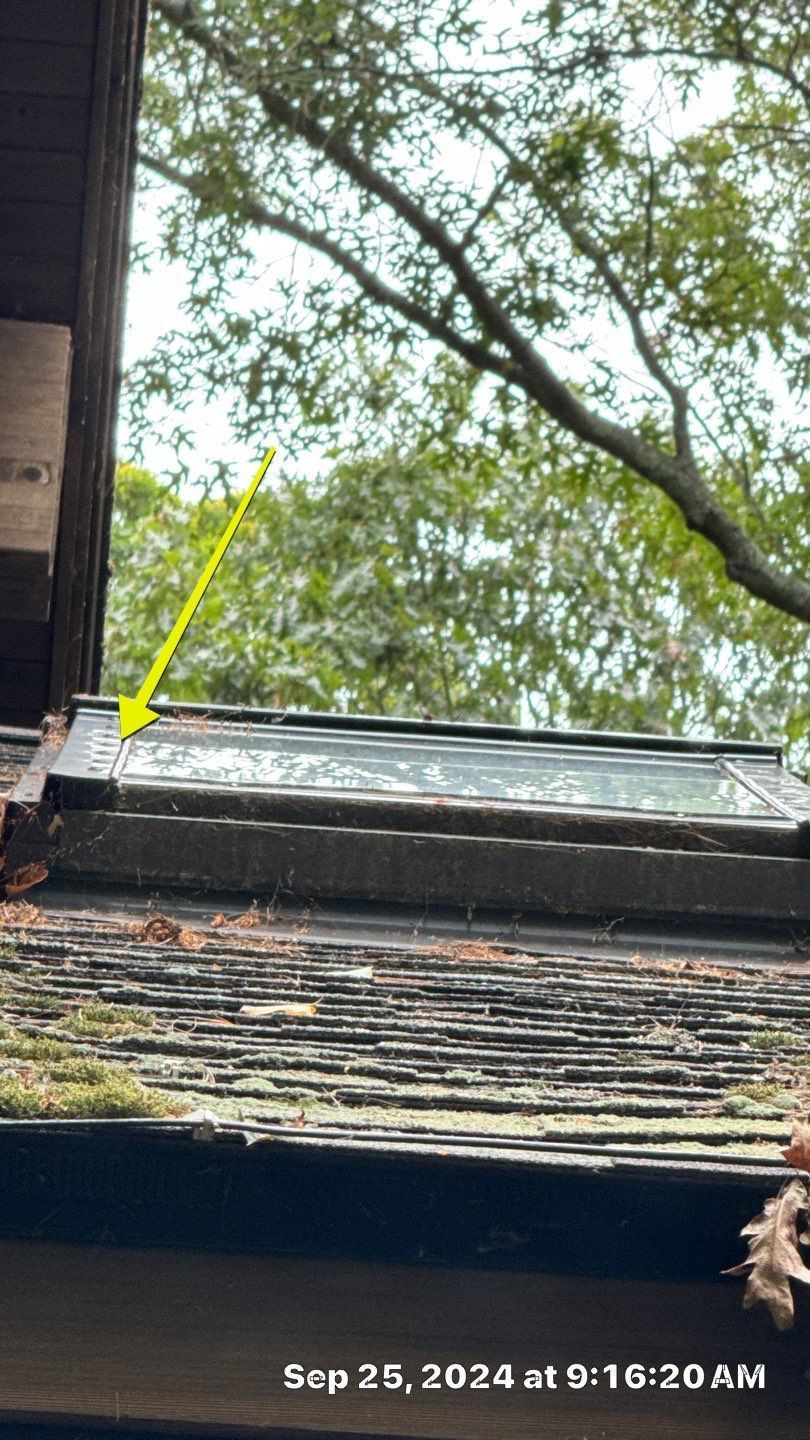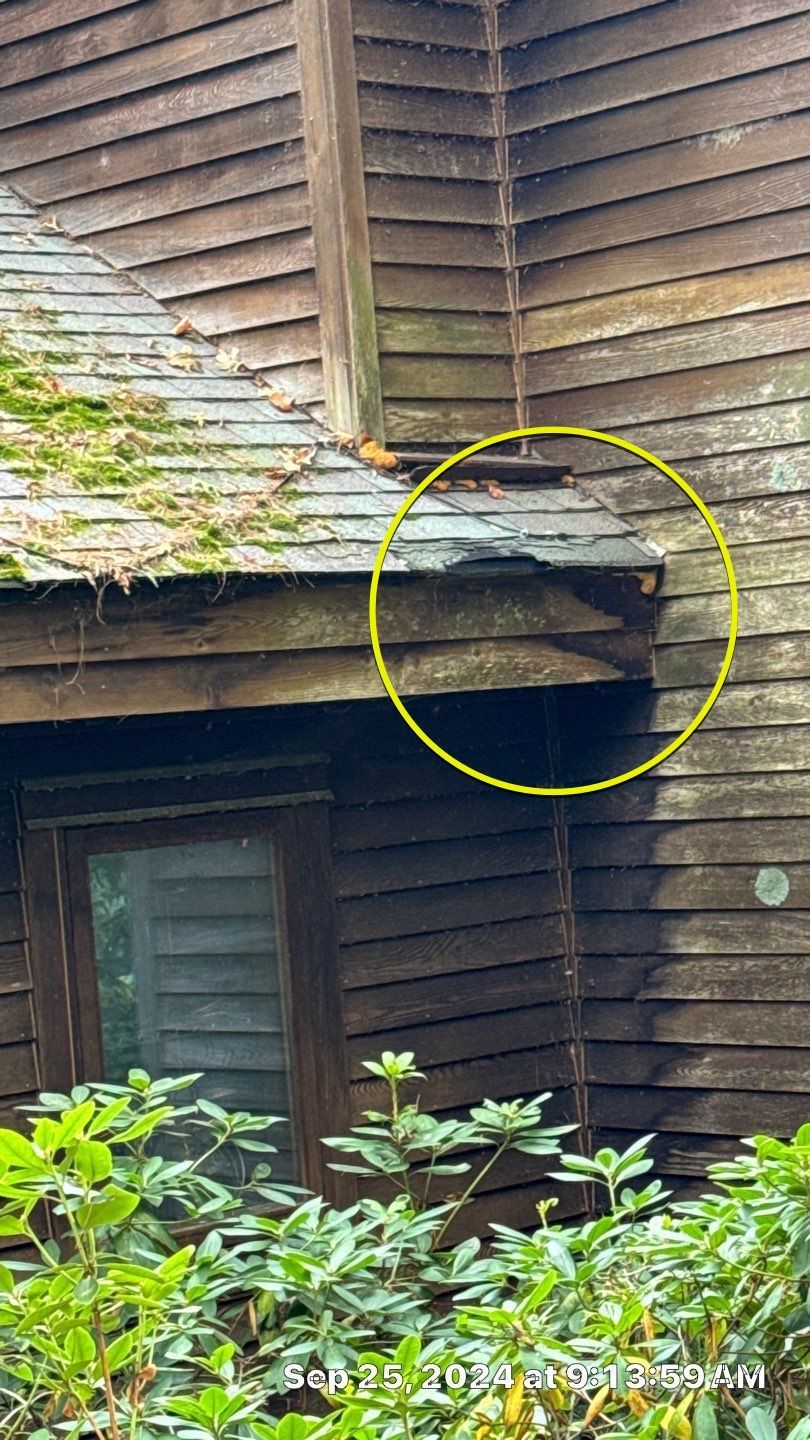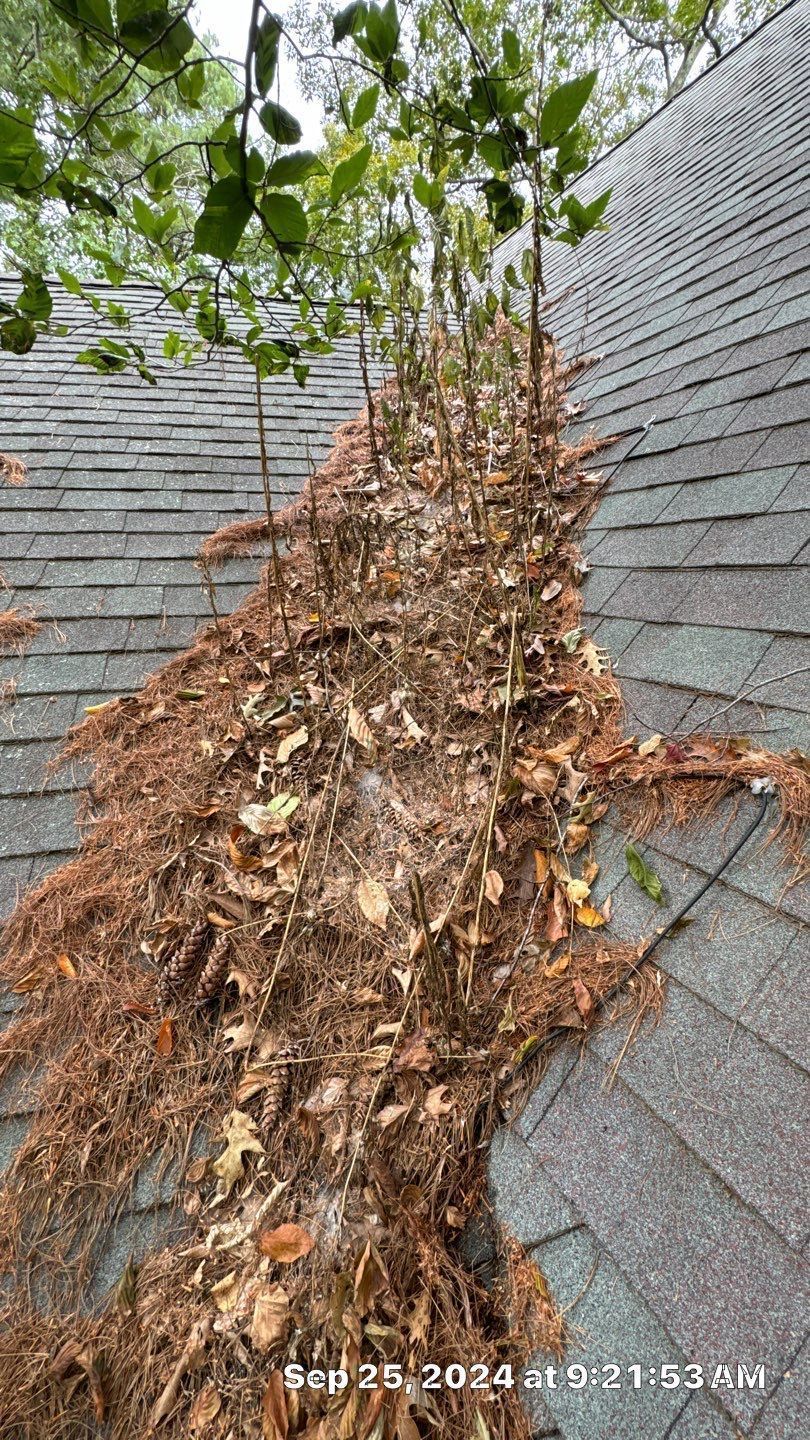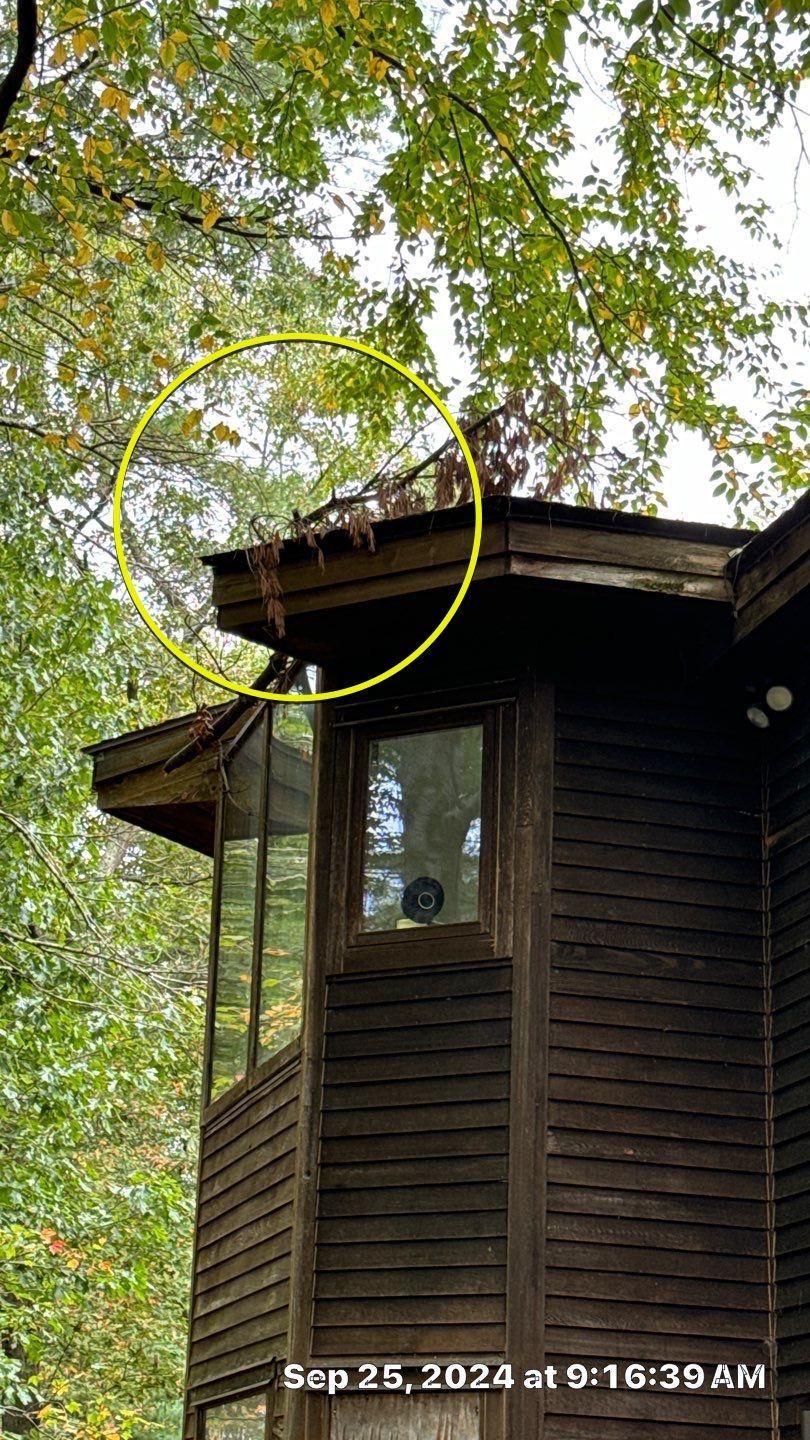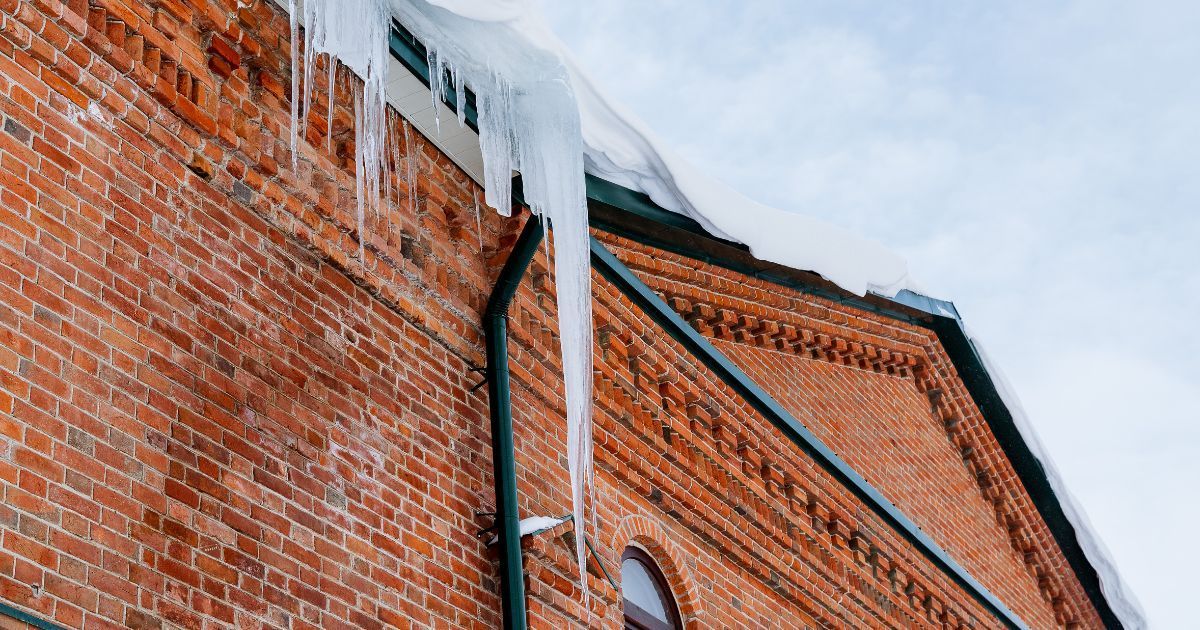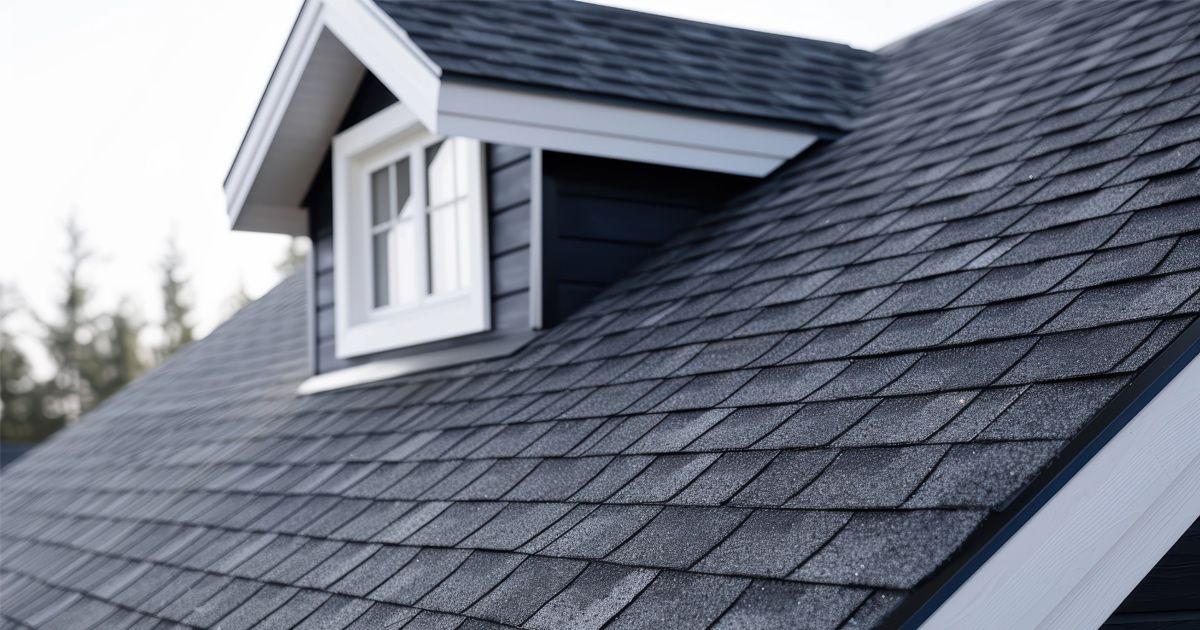Blogs
Essential Spring Roof Inspections and Maintenance in Massachusetts
Spring is the perfect time to check your roof after winter’s harsh weather. Snow, ice, and wind can cause damage that isn’t always easy to spot. By doing a few simple tasks, you can find and fix problems early, keeping your roof strong and your home safe. This guide shares five key steps every homeowner should take to maintain their roof in spring.
1. Inspect for Winter Damage
Winter can be hard on your roof, leaving behind issues that need attention. Snow and ice can damage shingles, while cold winds might loosen parts of your roof. Checking for these problems in spring helps you catch them before they turn into bigger, costlier repairs.
How Can I Inspect My Roof for Winter Damage?
- Check your roof using binoculars safely from the ground without climbing up, or zoom in with the camera on your phone to get pictures.
- Call a professional roofer to fix any damage, like missing shingles or leaks, before it gets worse.
What to look for:
- Missing, cracked, or curling shingles.
- Signs of leaks, such as water stains in the ceiling or attic.
- Loose or damaged flashing around chimneys and vents.
- Branches that have fallen on the roof.
2. Clean the Gutters & Downspouts
Gutters filled with leaves and debris can cause trouble for your roof and home. When water can’t flow away, it builds up and might leak into your house or harm your foundation. And if the water is kept standing in the guttering, it can lead to mold growth and pest infestation. Keeping gutters clean is an easy way to protect your property.
How Do I Keep My Gutters Clear?
- Clear leaves, twigs, and debris from the gutters to keep water moving freely.
- Ensure water flows through the downspouts and away from your house to avoid backups.
3. Check for Mold, Moss, & Algae Growth
Mold, moss, and algae can grow on your roof, especially after a wet winter. These can hurt your shingles and make your roof look bad. Taking care of them now stops bigger damage later.
How Can I Handle Mold, Moss, and Algae on My Roof?
- Look for green moss, dark algae streaks, or mold spots across your roof surface.
- Remove them using a gentle, roof-safe cleaner or hire a pro for thorough cleaning.
- Prevent regrowth by adding zinc or copper strips along the roof’s peak.
4. Trim Overhanging Branches
Tree branches hanging over your roof can be a problem. They might scrape your shingles or fall during a storm, causing damage. Plus, falling leaves can clog your gutters. Trimming them back keeps your roof safer
How Do I Manage Overhanging Branches?
- Trim branches within 6-10 feet of your roof to reduce the risk of damage.
- Hire a professional to cut back large trees without causing harm.
5. Schedule a Professional Roof Inspection
Even if you check your roof yourself, a professional can spot things you might miss. They know where to look for hidden wear and tear. A spring inspection can catch small issues before they grow into expensive repairs.
How Should I Arrange a Professional Roof Check?
- Book an inspection with a trusted local roofer to ensure nothing’s overlooked.
